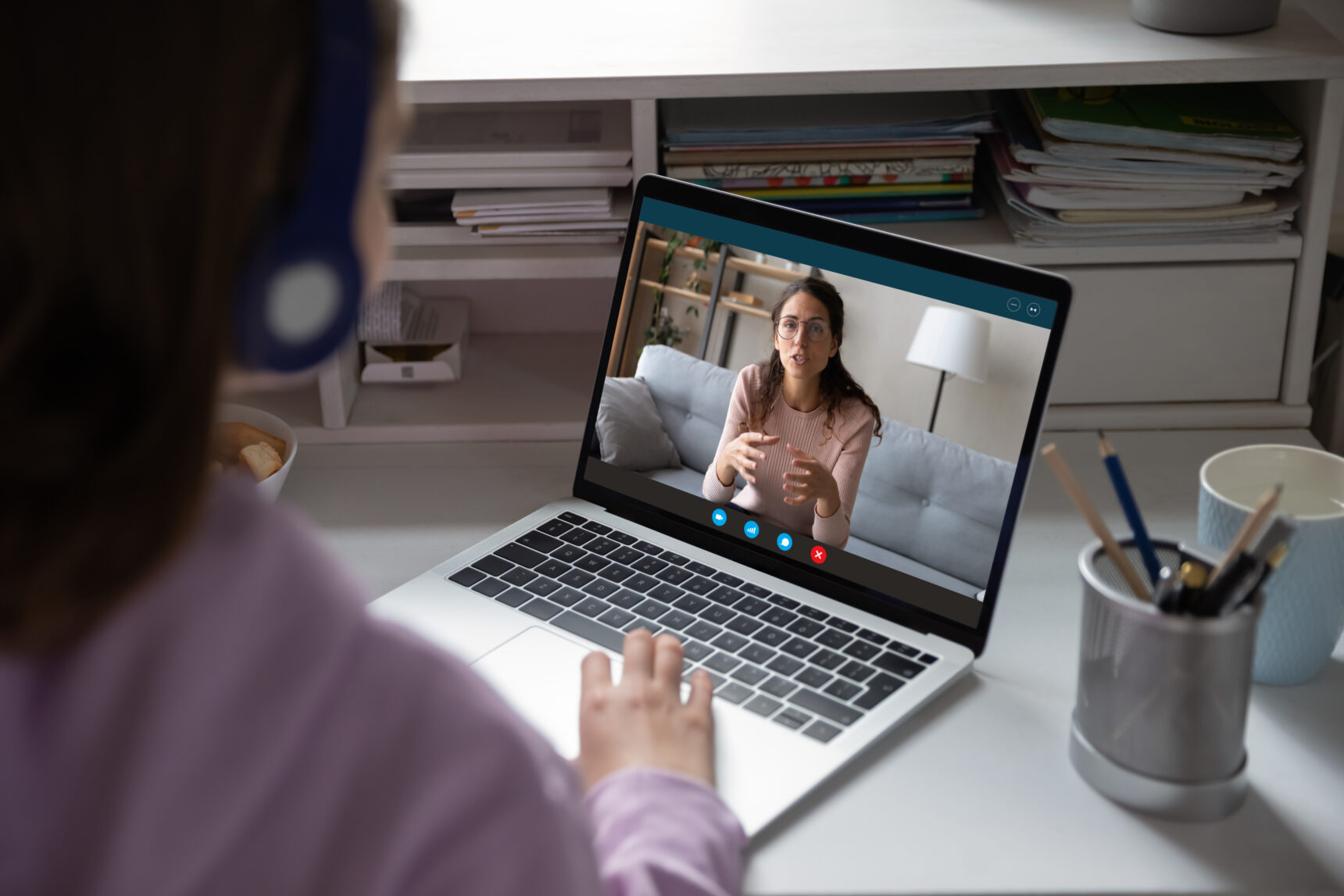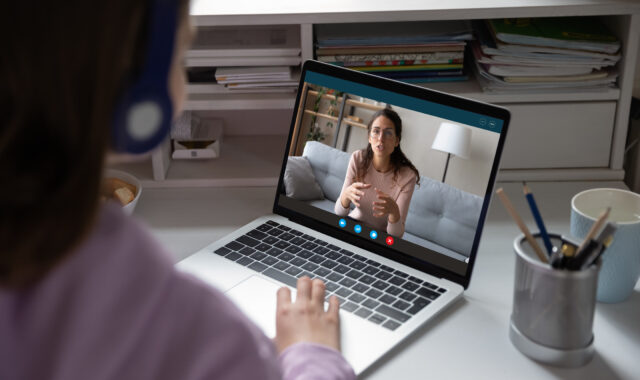Contents:
In a world that is increasingly digital, education has not been left behind. Since the pandemic, students have become more comfortable learning through screens, and tutoring has rapidly shifted to online spaces. But the transition hasn’t come without challenges. How can we meaningfully engage students when we’re not physically in the room with them? One instructional strategy that has proven to be remarkably effective in this context is the ‘I Do, We Do, You Do’ model.
In this article, I’ll explore how to use this model effectively in an online classroom. While the focus will primarily be on one-to-one tutoring, you’ll also find useful tips and adaptations for group classes. I have found this model works the best when teaching a new skill.
What is the ‘I Do, We Do, You Do’ method?
The ‘I Do, We Do, You Do’ method is rooted in the Gradual Release of Responsibility (GRR) framework, which was formalised in the 1980s by educational researchers Dr. David Pearson and Margaret Gallagher. It outlines a structured approach to instruction, where learners gradually take more responsibility for their learning process. The strategy is made up of three stages:
- I Do: The teacher explains and models the task.
- We Do: The teacher and students work through a task together.
- You Do: Students complete a similar task independently.

Why the ‘I Do, We Do, You Do’ method works so well online
As an online tutor, I’ve found this method particularly useful for several reasons:
- Clarity and structure: It helps me deliver concise, direct explanations that students can follow easily.
- Managing cognitive load: By breaking lessons into manageable chunks, students aren’t overwhelmed.
- Supporting anxious learners: Worked examples in the ‘I Do’ phase reduce anxiety, while the ‘We Do’ phase helps build confidence.
- Building engagement: The interactive nature of the ‘We Do’ stage encourages students to participate and check their understanding in real time.
In online settings, where student engagement can be difficult to maintain, this structure provides consistency not only for teachers but also for students, helping them navigate the learning experience.
Making the most of the ‘I Do’ phase online
Delivering a successful ‘I Do’ online requires preparation. I’ve learned that the key to success lies in creating an environment where students can focus, one of the main roadblocks they face. It is easy to get distracted, and we can only see a tiny part of their surroundings and body cues.

Key strategies include:
- Focusing student attention: I always ask for empty hands, cameras on, and eyes on the screen.
- Live modelling: I model problems live using a shared whiteboard, which allows for real-time interaction and flexibility. Unlike a static presentation, a whiteboard lets me respond instantly to student questions, adjust examples on the fly, and visually demonstrate my thinking step by step.
- Clear explanations: I avoid vagueness, unnecessary tangents, and overly long explanations, especially because attention is limited at this stage, when students are not yet actively engaged in problem-solving. To keep them engaged, I ask small, low-effort questions as I go (e.g. simple calculations or prompting them to explain what happened on the previous line). Sometimes, I say nothing at all and ask the student to narrate each of my steps as I demonstrate, while I clearly display each step that I take.
Navigating the ‘We Do’ phase
The ‘We Do’ is where we test whether the worked example made sense. It bridges the gap between explanation and independent practice. Here’s how I apply it online:
- Use well-chosen questions: The ‘We Do’ task should match the skill modelled in the ‘I Do’ but still require some thinking. I opt to display the ‘We Do’ with the ‘I Do’ still visible, so students can check for clues to help them solve the new problem. I gradually increase question difficulty by changing variables and exposing them to the range of scenarios they might encounter within a topic.
- Step-by-step checking: I ask students to solve one step at a time and then show me their work. This helps ensure they’re not missing any conceptual gaps before moving on. Each step might be narrated aloud by the student, solved directly on a shared whiteboard, or completed on paper and held up to the camera.
The ‘You Do’ phase
This final phase allows students to practice independently, reinforcing their understanding. By the time we reach this stage, I’ve already seen how they handled the ‘We Do’, and I can tailor their ‘You Do’ tasks accordingly.
In a group setting, this stage also frees me up to provide targeted support. For example, I might assign extension tasks to students who breezed through the ‘We Do’, while I work more closely with those who need reinforcement.

Adapting the ‘I Do, We Do, You Do’ strategy to online tutoring
Online tutoring brings challenges: students may be distracted, technical issues can interrupt flow, and engagement can drop. But with the ‘I Do, We Do, You Do’ structure, I’ve found that students stay more focused and progress more quickly.
This method works particularly well in subjects like maths, where worked examples and procedural clarity are essential. It also helps reduce maths anxiety and ensures that even complex topics are broken down and are accessible.
Some tips that work well online include:
- Using OneNote
- Incorporating live drawings on my screen, sometimes inviting students to annotate or sketch their ideas
- Hiding future tasks to maintain focus
- Reframing mistakes as opportunities during ‘We Do’ discussions
‘I Do, We Do, You Do’ in group class settings
In group classes, the ‘I Do, We Do, You Do’ structure can still be highly effective with the right tools and approach. I use Zoom’s whiteboard with its multiple-page feature to assign each student their own space during the ‘You Do’ phase, allowing them to work independently while I monitor their progress in real-time. Zoom is the best software I’ve found so far for managing online group settings. As an alternative for those who can’t access Zoom, I recommend Whiteboard.fi. However, one limitation of this tool is that it doesn’t handle large files or images very well.
During the ‘We Do’ phase, I often use the chat function—students type their answers but wait to hit enter until I give the signal. This encourages independent thinking and prevents copying. For larger groups, breakout rooms during ‘We Do’ promote peer collaboration and explanation, helping students learn from one another.
At its core, the ‘I Do, We Do, You Do’ method provides a clear, dependable structure that helps tutors introduce new concepts. For it to be truly effective, the ‘I Do’ phase must be carefully planned in advance. The teacher needs a solid understanding of the topic and a clear idea of what to model, how to scaffold it, and where students are most likely to struggle. The ‘You Do’ phase, particularly in group classes, should also be carefully considered. Students need space to apply what they’ve learned independently while still feeling supported. Ultimately, the key to success is trying it out with real explanations and then reflecting on how well it worked for that student or group.







Comments